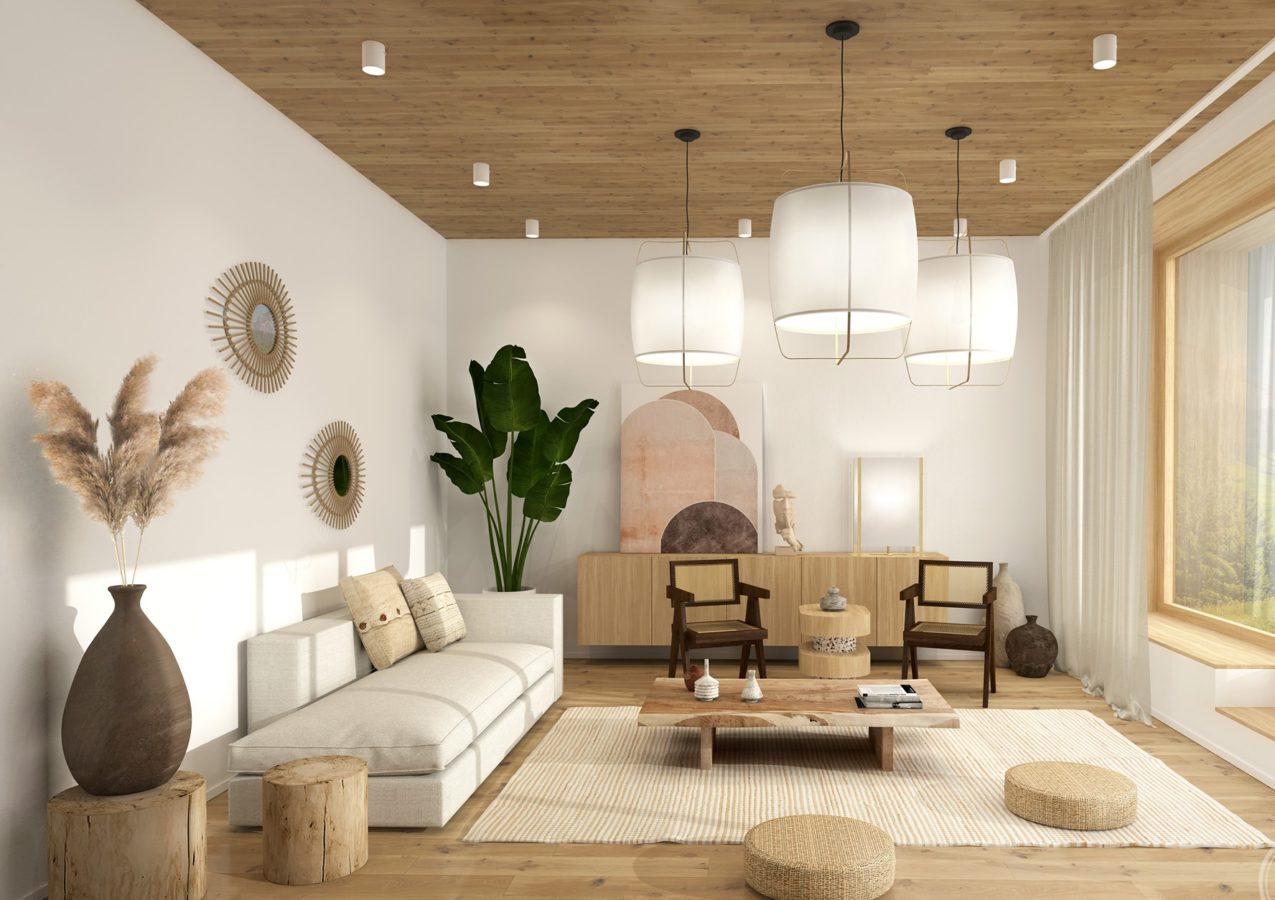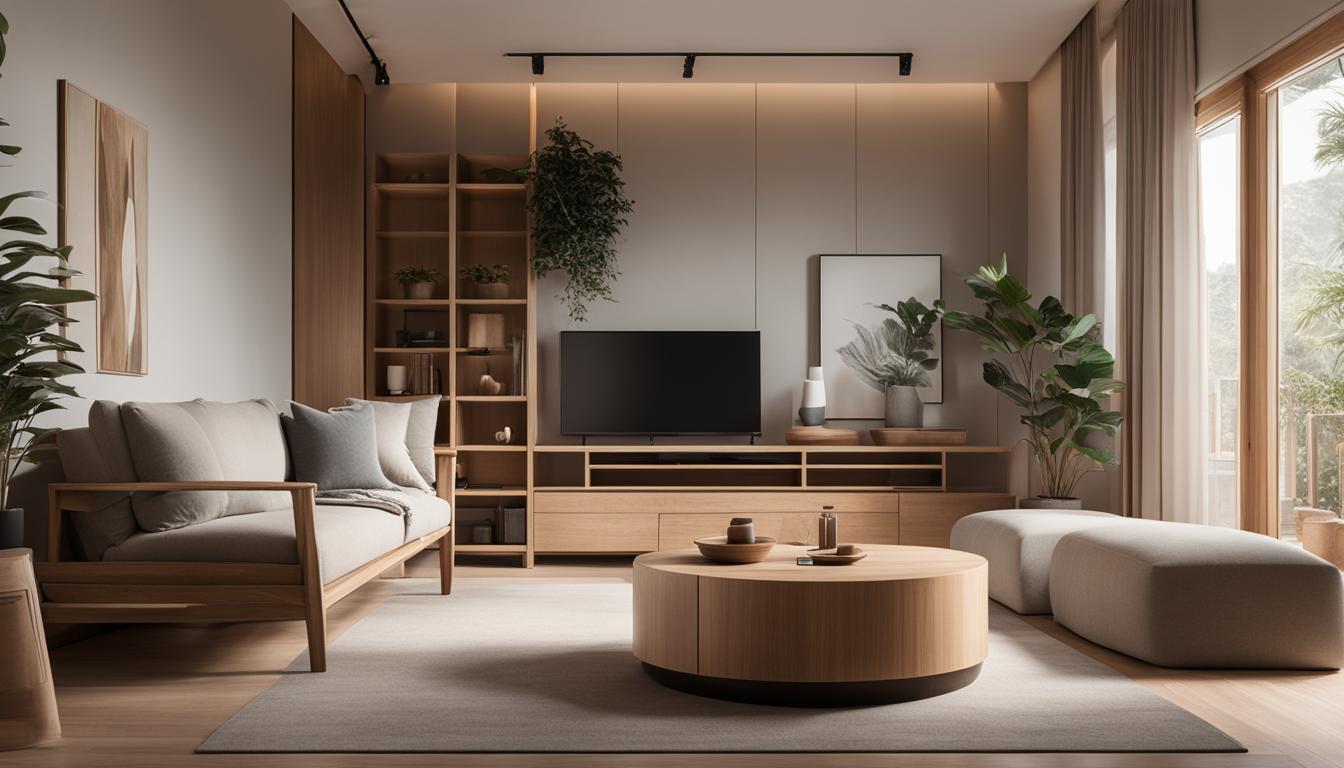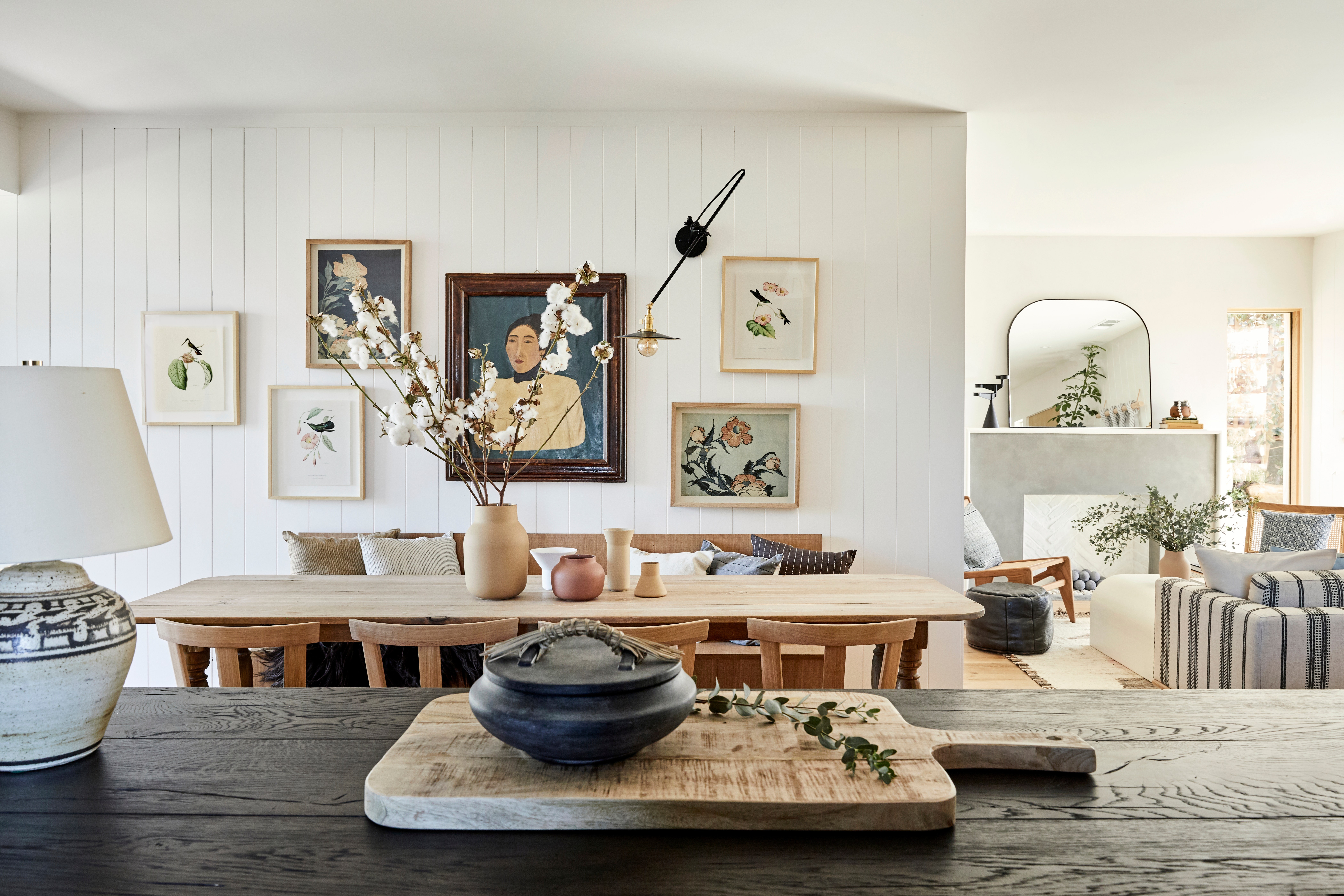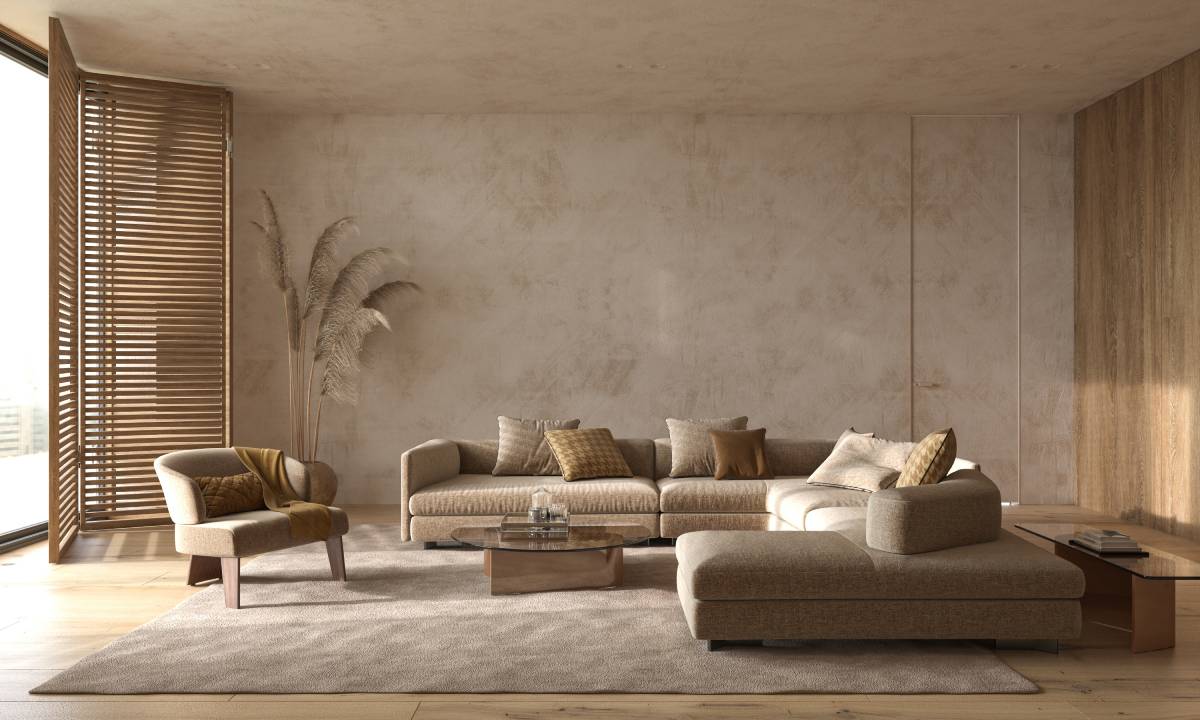Welcome to the world of Japandi home decor! This design philosophy beautifully combines the minimalist elegance of Japanese design with the cozy functionality of Scandinavian aesthetics. As someone who has personally embraced this style in my home, I’m excited to share my insights, tips, and experiences with you. Whether you’re looking to completely transform your space or simply add a few Japandi touches, this comprehensive guide will serve as your ultimate resource.
What is Japandi Home Decor?
Japandi is a design trend that marries the functionality and simplicity of Scandinavian design with the timeless elegance and tranquility of Japanese aesthetics. It emphasizes clean lines, natural materials, and a muted color palette that promotes harmony and balance in your living space. Below, we dive deeper into the key elements that define Japandi home decor.
The Origins of Japandi Design
Japandi is believed to have originated as a response to the increasing chaos of modern living. The clean, uncluttered aesthetic of Japanese and Scandinavian designs offers a peaceful, calming atmosphere. As a result, Japandi has gained popularity among those seeking to create serene environments in their homes.
Key Characteristics of Japandi Home Decor
Understanding the key characteristics of Japandi decor will help you curate your own space. Below are essential elements to consider:
1. Minimalism
Japandi decor thrives on minimalism, which encourages decluttering and prioritizing quality over quantity. By selecting only a few carefully curated pieces, you can create a serene atmosphere that feels inviting yet spacious.

2. Natural Materials
Natural materials play a crucial role in Japandi design. Wood, bamboo, linen, and stone are common choices. Opting for sustainable materials not only enhances the aesthetic but also promotes environmental consciousness.
3. Neutral Color Palette
When it comes to colors, Japandi favors soft, muted tones. Think earthy browns, soft whites, sage greens, and dusky blues. This palette fosters a calm environment while allowing personality to shine through subtle decorative touches.

4. Functional Furniture
Furniture pieces in Japandi decor are not only stylish but also functional. Look for multi-functional furniture such as tables that can expand or storage solutions that double as decor. These pieces contribute to an organized, uncluttered look.
5. Emphasis on Nature
Bringing the outdoors in is essential for creating a Japandi-inspired space. Incorporate indoor plants, natural light, and views of nature to enhance the overall tranquility in your home.

How to Create a Japandi-Inspired Space
Transforming your home into a Japandi-inspired oasis doesn’t have to be overwhelming. Here’s a step-by-step guide to help you get started:
Step 1: Declutter Your Space
Begin by removing unnecessary items from your home. A clean, open space will serve as the perfect foundation for the minimalist aesthetic of Japandi design.

Step 2: Choose a Neutral Base
Select a neutral color palette for your walls, floors, and large furniture pieces. Consider shades like soft white or light grey to establish a calm backdrop.
Step 3: Invest in Quality Furniture
Focus on acquiring a few key furniture pieces that are both functional and aesthetically pleasing. Look for clean lines, organic shapes, and durable materials.

Step 4: Introduce Natural Elements
Incorporate natural materials through furniture, decor pieces, and even art. Think wooden shelves, ceramic vases, and woven rugs to add texture and warmth.
Step 5: Add Personal Touches
While Japandi emphasizes minimalism, don’t shy away from displaying a few personal items or artwork that speaks to you. These touches add character without overwhelming the space.

Japandi Decor Inspiration: Room by Room
To make the process even easier, let’s break down how to incorporate Japandi decor in different rooms:
Living Room
- Choose a low-profile sofa in a neutral color.
- Add a wooden coffee table with clean lines.
- Incorporate indoor plants for a touch of nature.
- Use simple, textured throws for added warmth.
Bedroom
- Opt for a platform bed with a minimalist design.
- Use soft, natural bedding in muted tones.
- Add a low dresser made from wood.
- Keep decor items minimal but meaningful.
Kitchen
- Focus on open shelving to display natural utensils and dishes.
- Choose a wooden dining table with simple chairs.
- Incorporate plants or herbs for a fresh touch.
Pros and Cons of Japandi Home Decor
Like any design style, Japandi has its strengths and weaknesses. Here’s a quick overview:
| Pros | Cons |
|---|---|
| Creates a calming environment | Can feel too stark if not balanced correctly |
| Emphasizes sustainability | Requires careful curation to avoid clutter |
| Timeless and versatile | May not suit all personal styles |
FAQs about Japandi Home Decor
1. What defines Japandi design?
Japandi design is characterized by a blend of Japanese and Scandinavian aesthetics, focusing on minimalism, natural materials, and a neutral color palette.
2. How can I incorporate Japandi into my home?
Start by decluttering, choosing neutral colors for your base, selecting functional furniture, adding natural elements, and introducing personal touches.
3. Is Japandi decor expensive?
While some Japandi furniture pieces may be on the pricier side, you can find affordable options by focusing on quality over quantity and shopping at thrift stores or online marketplaces.
4. Can I mix Japandi with other styles?
Yes! Japandi can be mixed with other design styles, such as bohemian or industrial, as long as you maintain balance and harmony in your space.
5. What colors are commonly used in Japandi decor?
Japandi decor typically uses a muted color palette, favoring earthy tones, soft whites, and natural hues to create a relaxed environment.
Conclusion
Japandi home decor is more than just a design trend; it’s a lifestyle choice that promotes peace, simplicity, and connection with nature. By embracing this style, you can transform your home into a tranquil retreat, reflecting not only a beautiful aesthetic but also a thoughtful approach to living. I encourage you to explore and experiment with Japandi elements, as this balance of Japanese and Scandinavian design can truly enhance your everyday life.
Happy decorating!